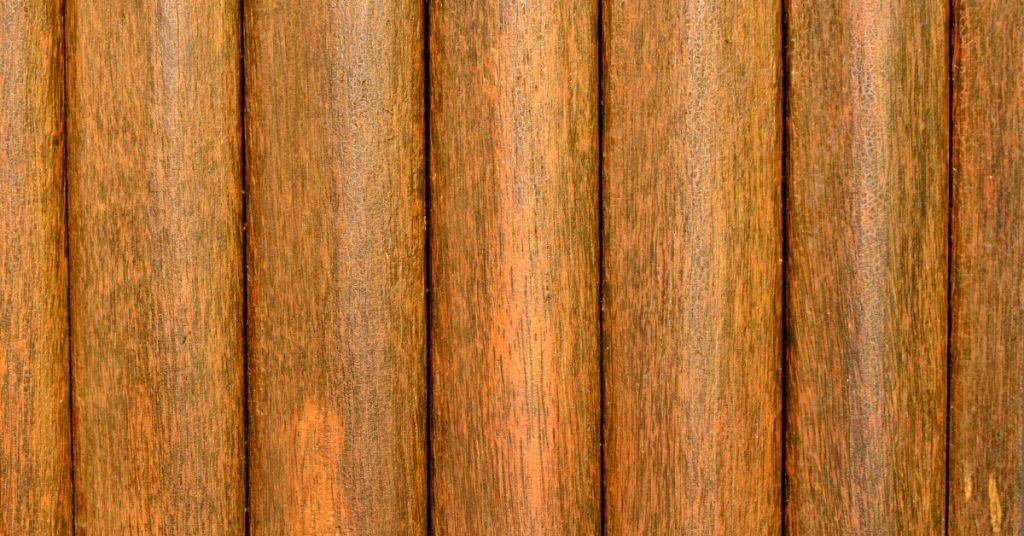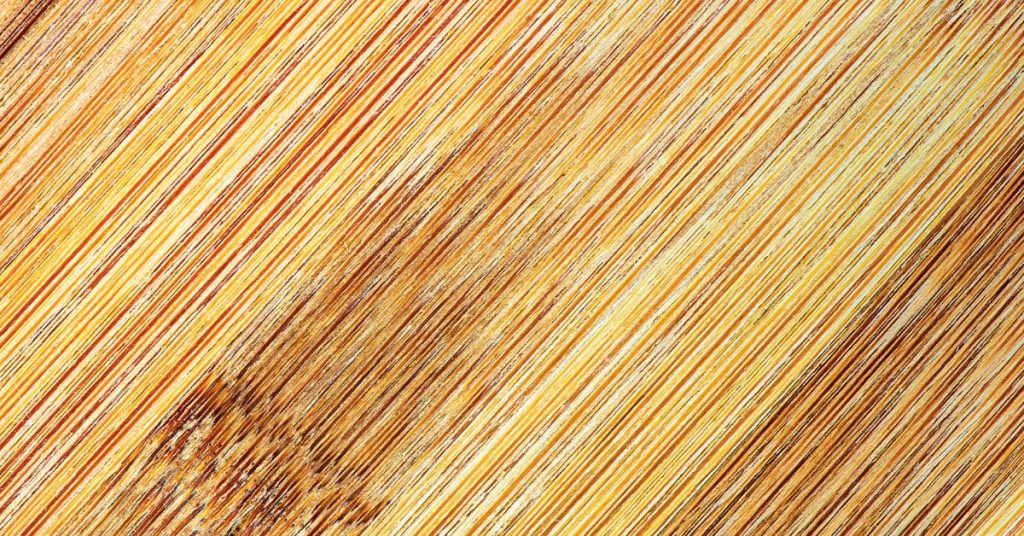Palm Wood: A Comprehensive Guide To Characteristics And Uses In Woodworking
Palm Wood is an excellent choice, offering great characteristics and uses in woodworking. In this comprehensive guide, I’ll give you all the info you need to choose Palm Wood confidently and make sure it’s perfect for your next workpiece. So let’s dive into everything there is to know about Palm Wood!
Definition
Since the dawn of civilization, palm wood has been used in a variety of applications. From building materials to furniture and decoration, its strength and durability have long made it a useful resource for humanity. Considered one of the most versatile woods available today, this guide will provide an overview of all things palm wood: what it is, its characteristics, and how best to use it in your projects.
Palmwood can be defined as any type of tree or fruit that belongs to the Arecaceae family; it includes species such as Coconut Palm (Cocos nucifera), Date Palm (Phoenix dactylifera), and African Oil Palm (Elaeis guineensis). In terms of properties, palm wood is strong yet lightweight with good flexibility which makes it ideal for many uses. Its grain patterns are also quite distinctive giving each piece an individual look – no two pieces are ever exactly alike!
In terms of characteristics, palms typically range from pale yellowish-browns to darker reddish-brown hues depending on the species. The texture can vary between coarse or smooth with open pores visible upon close inspection. As far as hardness goes, some palm species like date palms are much harder than others making them better suited for certain tasks such as flooring or cabinetry work where more resistance is needed against wear and tear.
When working with palm wood you should take into consideration factors such as shape & size when selecting suitable planks or boards for your project. Additionally, due to its unique grain pattern certain methods may need to be employed while cutting or joining the pieces together such as using dowels or biscuit joints instead of nails if desired. All these points must be taken into account before beginning any construction so that you get the best possible result out of your efforts!
Benefits Of Palm Wood projects

Using palm wood in woodworking projects has many benefits. Its natural beauty and tropical feel make it a highly sought-after material, especially for outdoor furniture or decorative elements. It is also incredibly durable due to its strong fibers, making it ideal for functional pieces like tables and chairs that require extra strength. Moreover, this type of wood is moisture-resistant so you can be sure your project won’t suffer from the effects of harsh weather conditions.
Palmwood provides an interesting contrast between light and dark tones with unique patterns, giving your creations a distinctive look. The grain patterning makes it perfect for creating eye-catching designs such as carvings and other intricate shapes. Additionally, its vibrant color palette adds warmth and charm to any interior space.
This type of wood is surprisingly lightweight compared to other hardwoods which allow you to easily move large pieces without straining yourself. Furthermore, because it’s relatively easy to work with, even novice woodworkers can use it successfully on their projects. As long as they take the necessary precautions while working with sharp tools, they shouldn’t experience any major difficulties when handling palm wood.
Overall, using palm wood carries numerous advantages over traditional materials used in woodworking projects. From its durability and natural beauty to its resistance against moisture damage, there are plenty of reasons why one should consider incorporating this versatile material into their next craft endeavor.
Common Projects Using Palm Wood
The potential of palm wood for use in woodworking projects is immense. From small, delicate pieces to large-scale works, the strength and flexibility of this unique material make it an ideal choice when creating something with your hands. Palmwood offers a range of opportunities that are not available with other woods; its natural features mean you can craft items that have both beauty and durability. With this knowledge in hand, here we explore some types of projects which benefit from being constructed using palm wood.
One popular option is furniture creation – a form of workmanship where precision and accuracy are paramount. Whether producing delicate chairs or sturdy cabinets, palm wood allows for great attention to detail without compromising on strength. Projects such as these also take advantage of the beautiful grain patterns found within different varieties of palm wood, allowing for truly eye-catching results.
For those who wish to create smaller objects, jewelry boxes, and trinket holders offer another opportunity to harness the full power of palm wood’s versatility. These intricate designs require careful carving techniques but yield fantastic results which show off the vibrant hues present within palm tree wood, the raw material itself. Furthermore, due to its strength and elasticity, even relatively thin pieces can be sanded down into fine shapes while still maintaining their structural integrity – making them perfect candidates for jewelry storage solutions!
Finally, decorative wall hangings provide another avenue through which one can express themselves via their workmanship skills. As with all forms of artistry, experimentation is key: mixing colors and textures achieved by combining multiple species or adding extra layers of paint/stain will result in truly unique creations every time – giving each piece its distinct character depending on how it’s been crafted. Through a combination of coloring agents such as dyes or stains alongside complex shaping processes such as veneering (a process whereby thin strips are glued together), stunning visuals can be achieved that stand out from conventional artwork – ushering in a new era for those looking to add personal touches to their interior décor using palm wood projects.
Maintenance Tips For Long-Lasting Results

Now that you have the tools and know what projects are best for working with palm wood, it’s time to learn how to maintain your prized work. To ensure a durable finish and prolonged shelf life of your wooden creations, it is imperative that regular cleaning and inspection be carried out. Here are three steps to help keep your wood in top condition:
- Avoid moisture
Keeping palm wood away from dampness or humidity will prevent warping and cracking over time. Make sure to store all finished pieces in dry areas such as closets or drawers, away from direct heat sources like radiators. - Regularly inspect
Inspecting each piece regularly helps detect any early signs of deterioration before they become permanent damage. Pay close attention to joints, screws, and other hardware used during the assembly of the project; these areas can be prone to wear down faster than others if not properly cared for. - Clean often
Dusting off pieces between uses ensures a longer lifespan than dirt buildup on untreated surfaces would allow them to experience otherwise. Use a soft cloth along with warm soapy water when needed, but always avoid using harsh chemicals which may harm the surface of your works over time.
Proper maintenance plays an integral role in ensuring long-lasting results from your woodworking projects involving palm wood. With just a few simple tips and tricks mentioned here, you’ll be able to enjoy the beauty of this unique material for many years to come!
Frequently Asked Questions
How Does Palm Wood Compare To Other Types Of Wood In Terms Of Strength And Durability?
When it comes to strength and durability, palm wood stands up well in comparison to other types of wood. In terms of strength, palm wood is highly durable and able to withstand heavy loads without breaking or splitting. It has a tight grain pattern which makes it less likely to warp when exposed to moisture or humidity. Furthermore, its density means that it can handle heavier objects than many other kinds of wood.
In terms of durability, the plant’ tight grain pattern also helps make palm wood resistant to weathering and rot over time. Its natural oils act as an additional layer of protection against water damage and decay caused by pests such as termites or insects. As with any type of wood, however, proper maintenance is key for ensuring long-term performance.
To compare its strength and durability with those of other types of wood, you must understand the differences between them all. For example, hardwoods are typically denser than softwoods but not always stronger; some softwoods may be more resilient due to their higher levels of resins and waxes which help protect them from decay and insect attacks. Additionally, tropical forests and hardwood species tend to have tighter grain patterns making them ideal for use outdoors where they will be exposed to high levels of wear and tear.
Is Palm Wood Suitable For Outdoor Use?
For a woodworker, the question of whether palm wood is suitable for outdoor use can be an important one. With its strength and durability, this type of wood has become increasingly popular in recent years – but is it weather-resistant enough to stand up to the elements? Let’s take a closer look at how palm wood measures up when used outside.
When considering any material for outdoor use, weather resistance should always be a top priority. Thankfully, palm wood has several characteristics that make it an ideal choice for outdoor projects. Its natural oils offer excellent protection against humidity and water damage, meaning projects such as decks or garden furniture made from this material will last for years with minimal maintenance. It also boasts impressive tensile strength, making it less likely to splinter or crack even under extreme conditions like high winds or intense heat.
The sustainability factor of using palm wood outdoors must also be taken into account. This type of timber is known for being extremely durable and long-lasting; if maintained properly it can easily outlast other types of lumber commonly found on the market today. The sustainable nature of this resource means you won’t have to worry about replacing your project anytime soon!
Overall, there are many benefits to using palm wood outdoors – from its superior strength and durability to its outstanding weather resistance and sustainability. When choosing materials for any kind of exterior task, this type of timber should certainly be kept in mind due to its numerous advantages over other woods available on the market today.
Is Palm Wood An Expensive Wood To Work With?
When considering the cost of working with palm wood, it is important to remember that this type of wood can vary greatly in price. This variation depends on many factors like region and availability. However, for those looking for an affordable option when it comes to woodworking, palm wood may be a good choice due to its relatively low cost when compared to other types of hardwood.
Palmwood pricing can range from very inexpensive to reasonably expensive depending on several factors. For instance, if you are working with newly harvested, palm trees grow or woods from tropical regions then it will likely be more expensive than reusing or repurposing existing pieces. Additionally, if you can source your materials locally at a lumber yard or mill then you may find a better deal than purchasing them online which could also save on shipping costs as well.
In terms of overall affordability, palm wood typically falls into the mid-range category when compared to other types of hardwoods such as oak, maple, cherry, and walnut. Depending upon the project in question, some DIYers may opt for less expensive softwoods like pine or cedar while others might choose a higher grade exotic species of black palm, like mahogany or rosewood; either way, there are numerous options available when selecting wood based on budget constraints.
For those who want quality craftsmanship without breaking their wallet too much, palms woods offer plenty of potential solutions both aesthetically and economically. With careful selection and research, one can find great deals that fit their needs perfectly – no matter what the end goal is!
Working with palm wood has its advantages. Although it is not as strong or durable as some other types of wood, it offers a unique look and feels that can’t be replicated elsewhere. As an environmentally-friendly choice for woodworking projects, the fact that palm wood is often harvested sustainably makes it even more appealing.
When considering whether to use palm wood in your next project, however, there are several important factors to consider. This type of wood may indeed require extra care when exposed to outdoor elements; but if you take the time to research proper treatment methods and pay attention to environmental considerations during harvesting, then you’ll be able to enjoy the benefits of palm wood without any undue risk. In addition, since palm wood isn’t typically found on the expensive end of the spectrum, cost shouldn’t be a major factor in deciding whether or not to work with it.
Looking for beautiful, handcrafted Moroccan woodwork? Look no further than MoroccanWoodworking.com! Browse our selection of stunning pieces, including intricate carvings, exquisite furniture, and unique decor. With our commitment to quality craftsmanship and authentic Moroccan design, you won’t find anything like it anywhere else. Visit MoroccanWoodworking.com today and bring the beauty of Morocco into your home!
